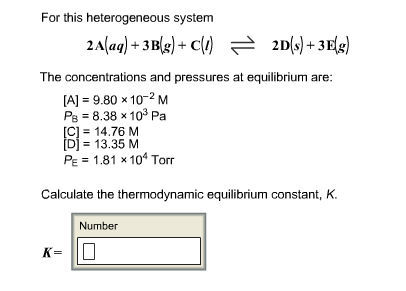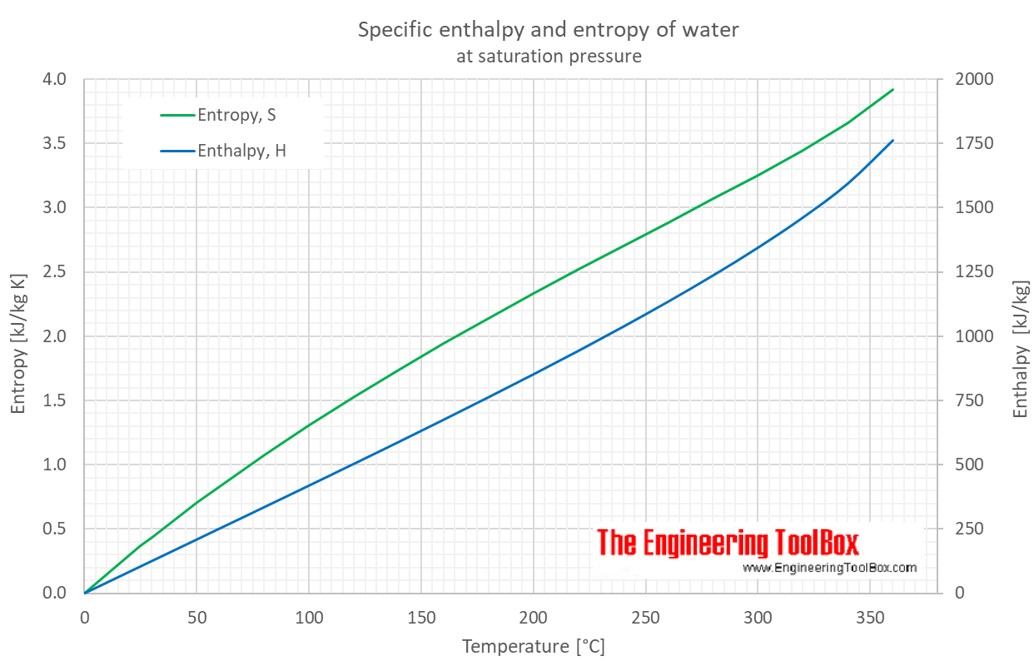

So, in a nutshell, our case in point is completely determined by: $$U=U_0+\dot Q\Delta t$$ $$V=\mathrm$ then to convert moles water vapor to mass water vapor all you need to do is multiply by the molar mass.Īs the liquid and vapor temperature increases, the liquid density goes down, and the liquid expands. We need only to use the fact that the state of a pure, simple substance is uniquely determined by two independent parameters in order to predict the behavior of your system. note 1 Also, the total volume of your system is constant ( isochoric process). You may also find the following Physics calculators useful.Are you studying basic thermodynamics? Because your question is exactly what people learn in the first few classes of this subject.įirst Law of Thermodynamics tells us that every joule of energy from the burner will act to increase the system's internal energy. Final Temperature Of Mixture Calculator.Change In The Gas Internal Energy Calculator.Translational Kinetic Energy Of Gas Calculator.Related Physics Calculators by iCalculator Continuing learning thermodynamics - read our next physics tutorial: Calorimetry (Heat Transfer).See the Thermodynamics Calculators by iCalculator™ below.
#Thermodynamics calculator physics full

Specific Latent Heat of Fusion and VaporizationĮnjoy the "Absorption of Heat" physics tutorial? People who liked the "Absorption of Heat" tutorial found the following resources useful: Thermodynamics Learning Material Tutorial IDĪbsorption of Heat. Please select a specific "Absorption of Heat" lesson from the table below, review the video tutorial, print the revision notes or use the practice question to improve your knowledge of this physics topic. This is a tutorial in which the behaviour of matter when it absorbs or releases heat energy will be explained in molecular terms. In this tutorial, we will discuss about everything related to heat energy and its effect on the structure of matter. What happens to the molecular bonds during the change in state of matter? How many states of matter do you know? How do they differ from each other? What happens to the temperature of an object when it is heated? Do you think different materials need the same amount of heat energy to increase their temperature at the same rate? Why?
#Thermodynamics calculator physics how to


How does the heat travel between objects?.What are good and bad absorbers of heat?.In this Physics tutorial, you will learn: you can access all the lessons from this tutorial below. The tutorial starts with an introduction to Absorption of Heat and is then followed with a list of the separate lessons, the tutorial is designed to be read in order but you can skip to a specific lesson or return to recover a specific physics lesson as required to build your physics knowledge of Absorption of Heat. There are 5 lessons in this physics tutorial covering Absorption of Heat.


 0 kommentar(er)
0 kommentar(er)
